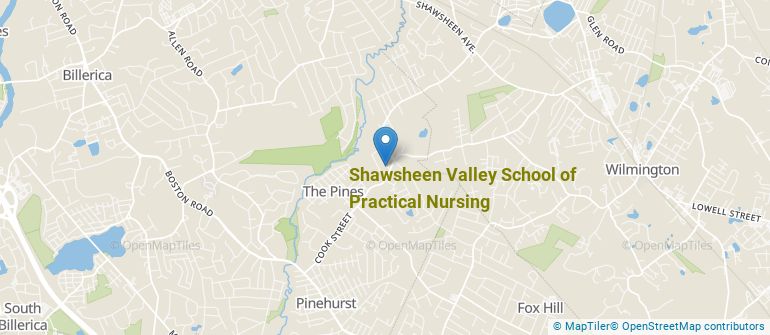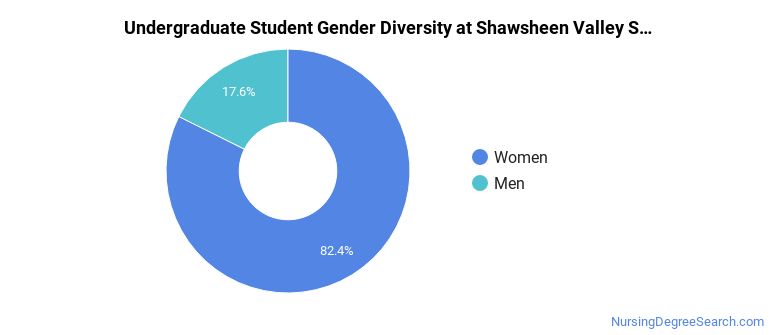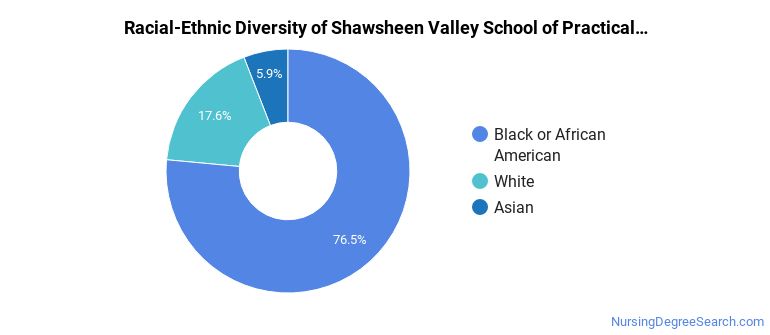Shawsheen Valley School of Practical Nursing Nursing Programs
Shawsheen Valley School of Practical Nursing is a public institution situated in Billerica, Massachusetts. Shawsheen Valley School of Practical Nursing is located in a safe and convenient suburb.
Where Is Shawsheen Valley School of Practical Nursing?

Contact details for Shawsheen Valley School of Practical Nursing are given below.
| Contact Details | |
|---|---|
| Address: | 100 Cook St, Billerica, MA 01821-5499 |
| Phone: | 978-671-3646 |
| Website: | www.shawsheenpracticalnursing.com |
How Do I Get Into Shawsheen Valley School of Practical Nursing?
You can apply to Shawsheen Valley School of Practical Nursing online at: www.shawsheenpracticalnursing.com/
Can I Afford Shawsheen Valley School of Practical Nursing?
Student Loan Debt
It's not uncommon for college students to take out loans to pay for school. In fact, almost 66% of students nationwide depend at least partially on loans. At Shawsheen Valley School of Practical Nursing, approximately 82% of students took out student loans averaging $4,151 a year. That adds up to $16,604 over four years for those students.
Shawsheen Valley School of Practical Nursing Undergraduate Student Diversity
Gender Diversity
Of the 17 full-time undergraduates at Shawsheen Valley School of Practical Nursing, 18% are male and 82% are female.

Racial-Ethnic Diversity
The racial-ethnic breakdown of Shawsheen Valley School of Practical Nursing students is as follows.

| Race/Ethnicity | Number of Grads |
|---|---|
| Asian | 1 |
| Black or African American | 13 |
| Hispanic or Latino | 0 |
| White | 3 |
| International Students | 0 |
| Other Races/Ethnicities | 0 |
Shawsheen Valley School of Practical Nursing Nursing Concentrations
The table below shows the number of awards for each concentration.
| Major | Undergraduate Certificate | TOTAL |
|---|---|---|
| Licensed Practical/Vocational Nurse Training | 32 | 32 |
| TOTAL | 32 | 32 |
References
*The racial-ethnic minorities count is calculated by taking the total number of students and subtracting white students, international students, and students whose race/ethnicity was unknown. This number is then divided by the total number of students at the school to obtain the racial-ethnic minorities percentage.
More about our data sources and methodologies.
